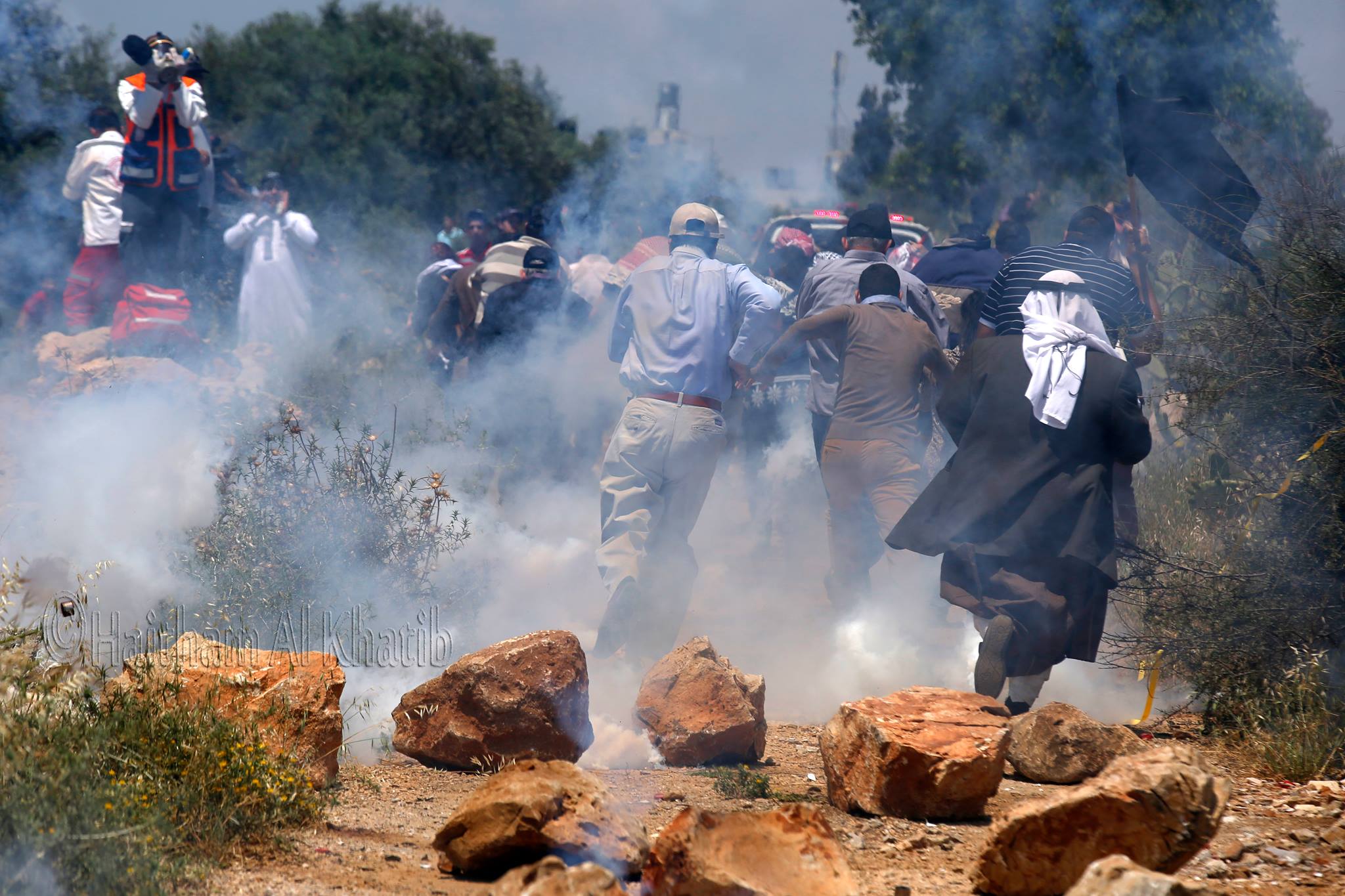Category: Video
-
Day of Rage: commemorating Nakba day in Ni’lin
15th May 2015 | International Solidarity Movement, Al Khalil Team | Ni’lin, Occupied Palestine On Friday 15th May 2015, hundreds of Palestinians from all over the West Bank traveled to Ni’lin for a mass protest commemorating the 1948 Nakba (‘catastrophe’). The local villagers were joined by a large amount of other Palestinian protesters, as well as Israeli and international solidarity…
-
Palestinian woman and her children attacked by settlers
9th May 2015 | International Solidarity Movement, Al Khalil Team | Al Khalil, Occupied Palestine Yesterday evening in Al Khalil (Hebron), a Palestinian woman and her two small children were attacked by settlers from the illegal settlement as they were on their way to the shops. Marwat Abu Remele lives in Tel Rumeida, an area in Al Khalil under Israeli…
-
Four people shot in the first 5 minutes at Nabi Saleh protest
3rd April 2015 | International Solidarity Movement, Ramallah Team | Nabi Saleh, Occupied Palestine The weekly Friday protest in Nabi Saleh was met with extreme violence by Israeli Occupation Forces. Four people were shot in the first five minutes of the protest. One man and one woman were shot and wounded by snipers using .22 caliber live…



